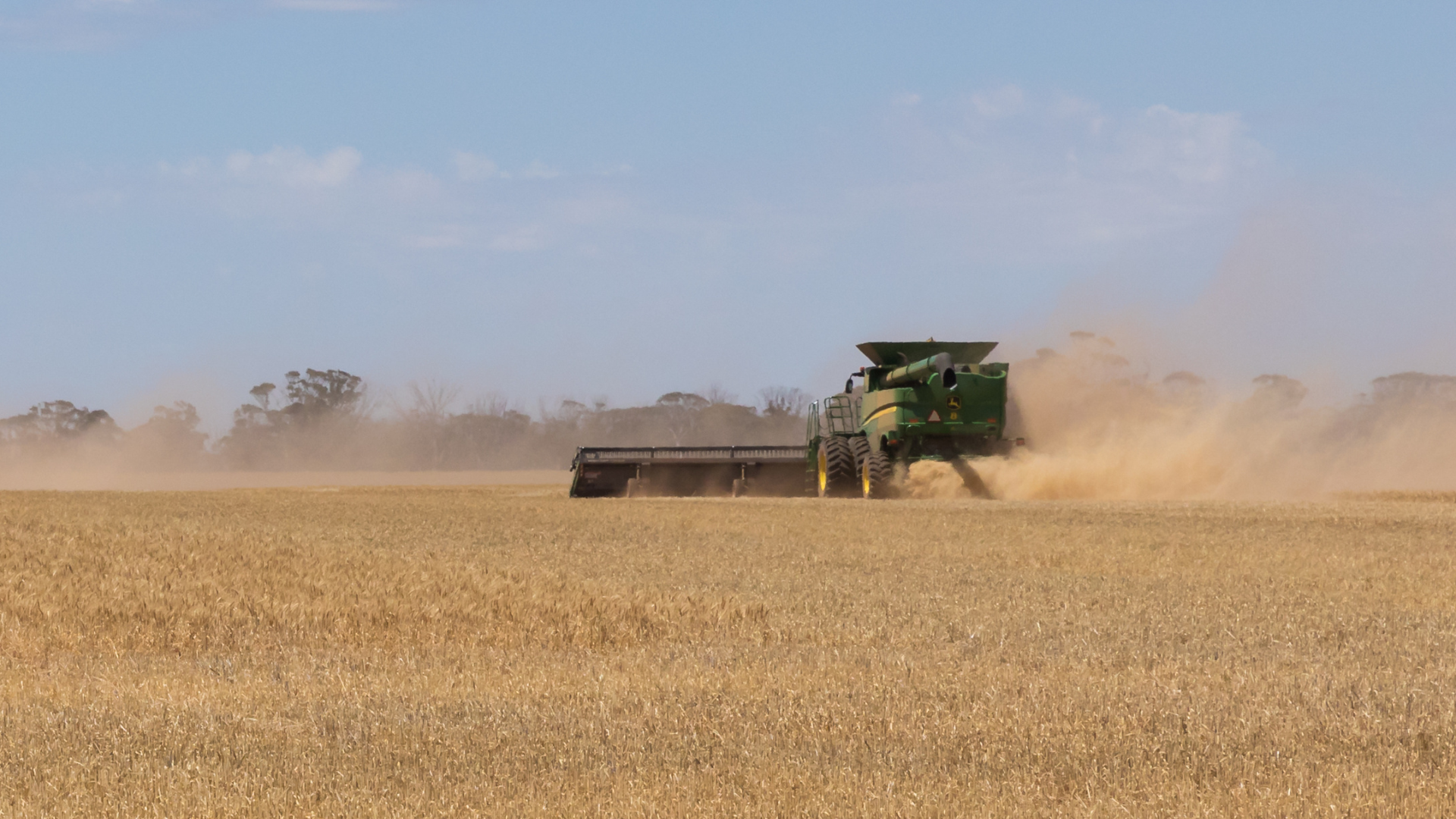Written: 28th May 2025
In global grain markets, prices often shift not based on what has happened, but on what might happen. Forecasts, speculation, and sentiment frequently shape pricing well before harvest results are confirmed. Understanding market psychology is just as important as tracking the crops themselves.
Between June and September, many of the world’s key crops—like corn, soybeans, and spring wheat—are in critical growth stages and remain highly sensitive to weather. Spring wheat, in particular, is still developing across major regions such as Canada, the northern US, Europe and China. With so much still at risk, even modest signs of heat stress, drought, or storms can quickly shift yield expectations. At this point in the season, forecast models and trader sentiment often drive markets more than actual paddock conditions.
In contrast, Northern Hemisphere winter wheat is nearing harvest. In most areas, the crop is already made. While wet weather during harvest can affect grain quality, yields are largely set. As a result, there’s less room for surprise, and fewer opportunities for speculative price swings. In this case, markets tend to reflect what’s already known, making price movements more muted.
A similar dynamic is unfolding across other major crops. U.S. corn and soybeans are entering—or already in—critical development stages like pollination and pod fill. These phases are particularly sensitive to heat and moisture, and markets react quickly to any changes in the forecast. Traders typically don’t wait for confirmation—they respond to any suggestion that something could go wrong.
South America, by contrast, has faded from immediate focus. Corn and soybean harvests in Brazil and Argentina are now complete, so weather in those regions is not currently a pricing factor. Attention will return to South America in September when planting resumes, but until then, conditions there will have minimal short-term impact.
Other markets remain on edge. Canada’s canola crop is entering flowering and pod fill—critical stages that will determine final yield. Weather across the Prairies will be closely monitored, and even slight changes in the outlook can move prices.
Meanwhile, China’s wheat production is also drawing attention. Reports of dryness in some regions have raised the possibility that China could re-enter global markets with larger import volumes. Even without confirmation, that kind of speculation can shift sentiment and pricing, given China’s significant demand profile.
In a season marked by uncertainty, much of the story is still unfolding. Prices are being shaped not just by what’s in the paddock, but by what people think might happen next. For those managing grain price risk, it’s a clear reminder: fundamentals matter, but so does timing. Waiting for weather events to play out is often too late—by the time the impact is confirmed, the market has usually already reacted and moved on.
It’s also worth noting that this analysis focuses solely on the supply side—particularly weather impacts across key growing regions. But that’s only half the equation. Demand-side drivers, such as shifting government policies, trade dynamics, and biofuel mandates, can influence pricing just as much—if not more—than supply disruptions alone.


